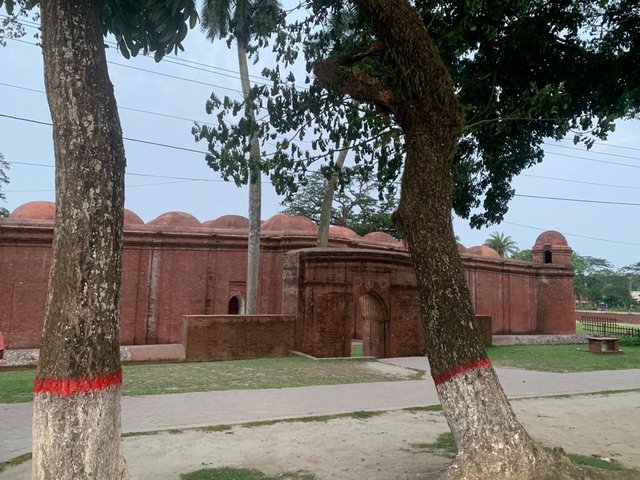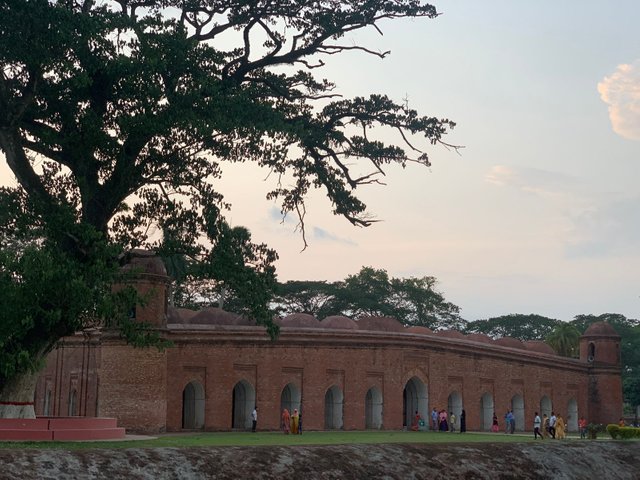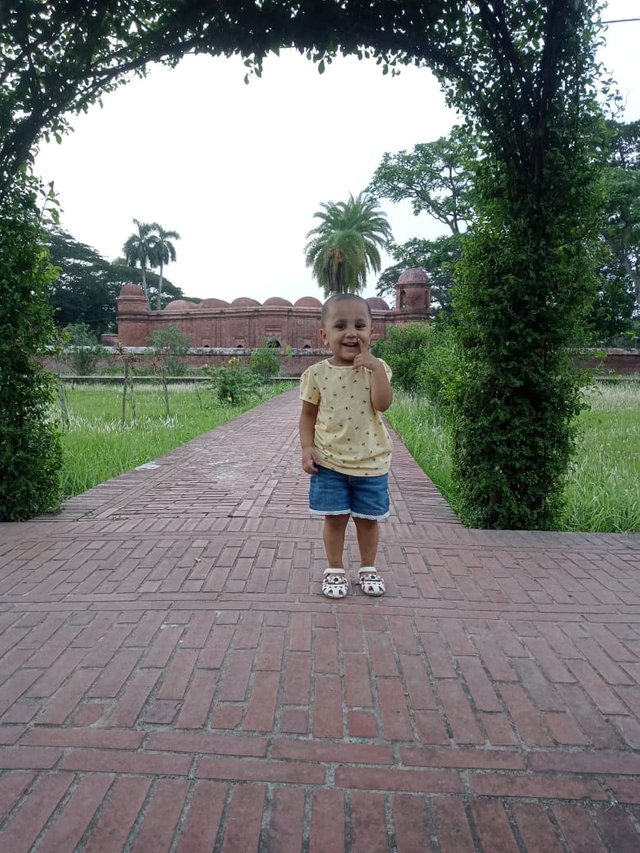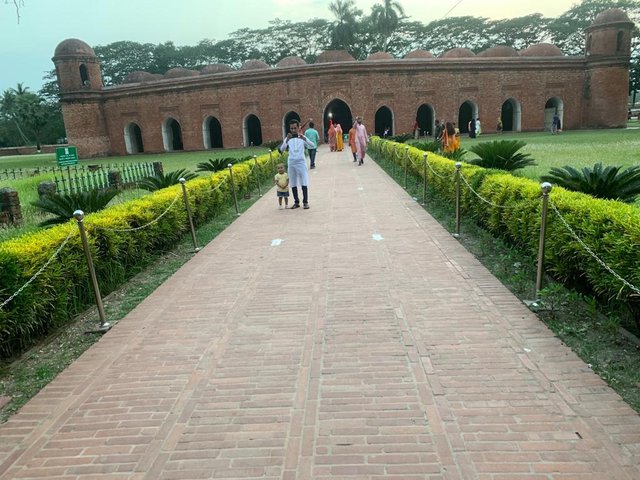One of the mosques in history
Shaat Gombuj An old mosque can be seen in Bangladesh's Bagerhat area to the southwest. The mosque has no writing on it. Therefore, it is unknown with certainty who constructed it and when. However, it is clear from the mosque's design that Khan Jahan Ali was responsible for its construction. It is thought that he constructed it in the fifteenth century. This mosque was expensively constructed over a long period of time. From the palace, the stones were transported.

Bagerhat has been designated as one of Bangladesh's three World Heritage Sites; it is situated within one of those sites.
The mosque is roughly 88 feet wide internally, 104 feet wide externally from east to west, and 160 feet long externally from north to south. The walls are approximately 8 feet thick. 81 gombuj altogether, 77 in 11 lines and 4 in each of the mosque's four corners. People claim that 60 Gombuj Mosque became 60 Gombuj through time and has been called 60 Gombuj ever since.

History
Khan al-Azam Ulugh Khanjahan created the kingdom of Khalifabad on the edge of the Sundarbans during the rule of Sultan Nasiruddin Mahmud Shah (1435–1499). Khan Jahan constructed the 60 Gombuj Mosque, formerly the Durbar Hall used for gatherings. The mosque took a long time and a lot of money to build. From the palace, the stones were transported. It exhibits Tughlaki and Jaunpuri architectural styles.
A. Sadhu Olugh Khan Jahan dug a lot of ponds near Bagerhat. One of them is Ghora Dighi. You'll find this enormous reservoir on the west side of Shatabambuj Mosque. This area was captured by Khan Jahan, who also brought Islam here. Then, the site had a severe drinking water deficit. He dug a sizable water tank close to the mosque to address this issue. Since then, locals have had free access to Ghora Dighi as a source of drinking water. Khan Jahan allegedly measured the tank while mounted. According to other sources, this is where horse races were held, and numerous horses were chained to the tank banks. People began referring to it as Ghora Dighi as a result.

As the country's first multi-gombuj mosque, it is a remarkable example of harmony with Bangladeshi architectural style, according to Golam Ferdous, a researcher at the Bagerhat Archaeological Department. He said it was constructed to imitate the Bibi Khanum Mosque in Uzbekistan. This one featured ten mihrabs as opposed to a typical mosque because it acted as Khan Jahan's court, according to Md Helal Uddin, the mosque's imam.
(Pieces with the Kaaba as their frontal aspect). The British initially repaired the mosque in 1933; afterwards, the Pakistani government did so, according to the archaeology department. The South Asian Infrastructure Development Project again renovated it in 2014, and the Bagerhat Archaeological Department is still performing routine upkeep.
JUrney
About 437.3 kilometres separate Bagerhat from Dhaka by road. The bus will take you to Bagerhat. Bagerhat is accessible from Dhaka at 7.30 hours. Also available is the option to board a bus from Kathalbari after crossing the Mawa ferry. Additionally, you can travel by boat or steamer if you want a bit IC trip. Only a few hotels are available, which is sad news; otherwise, there is nowhere to stay. Therefore, remember to do so.

Sat Gambooz Masjid is notable as one of the heritage sites of Bagerhat and all the things here are beautifully presented here which I enjoyed reading.
Downvoting a post can decrease pending rewards and make it less visible. Common reasons:
Submit